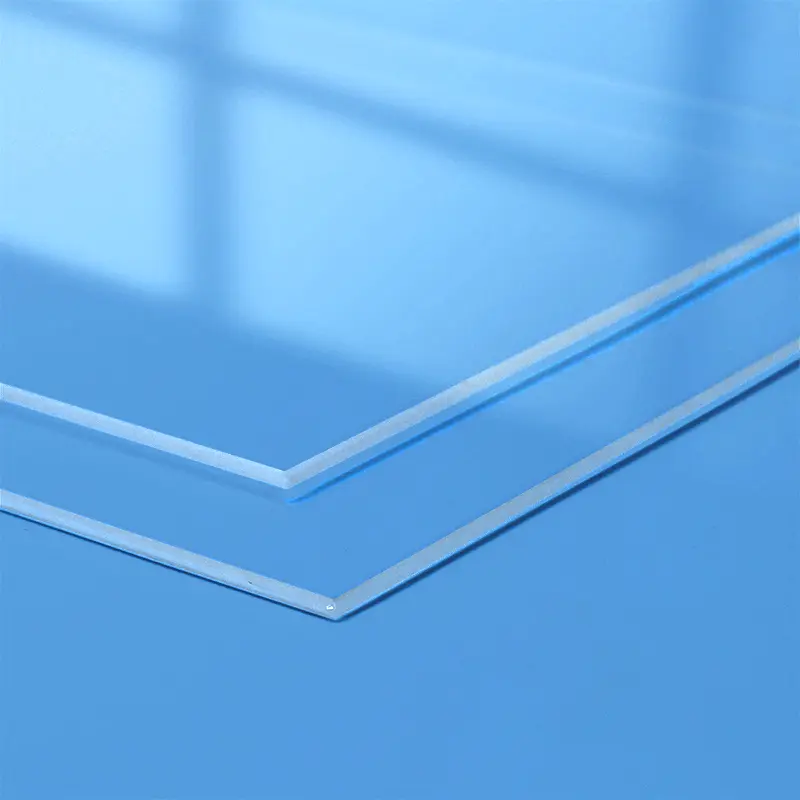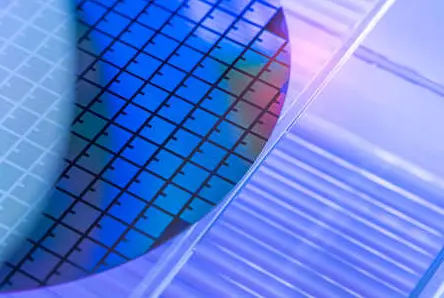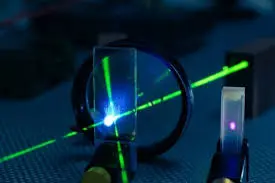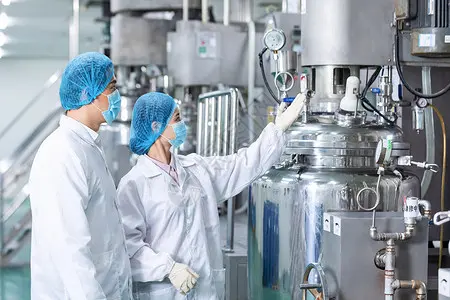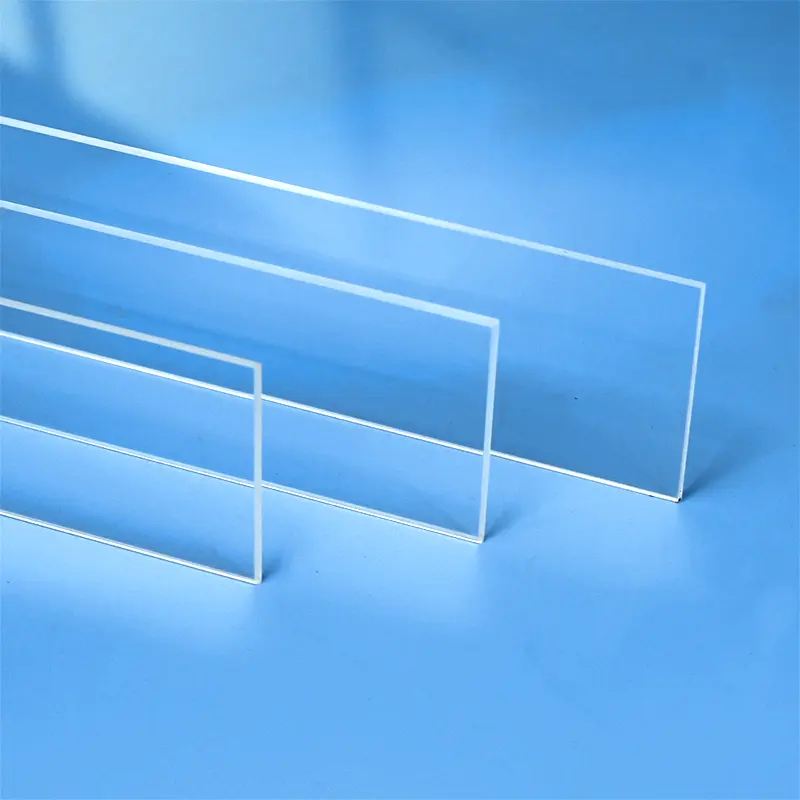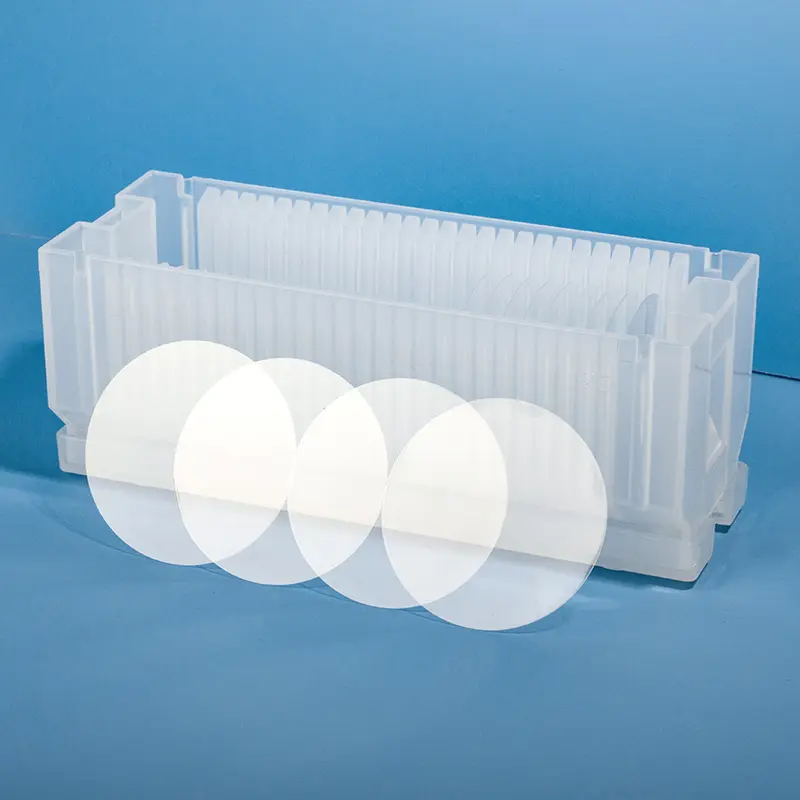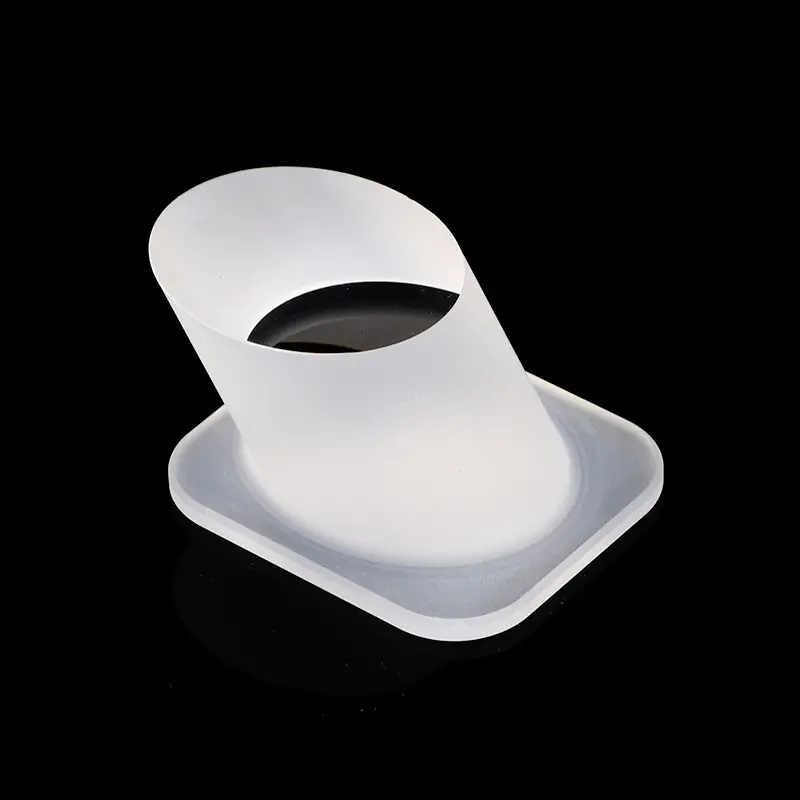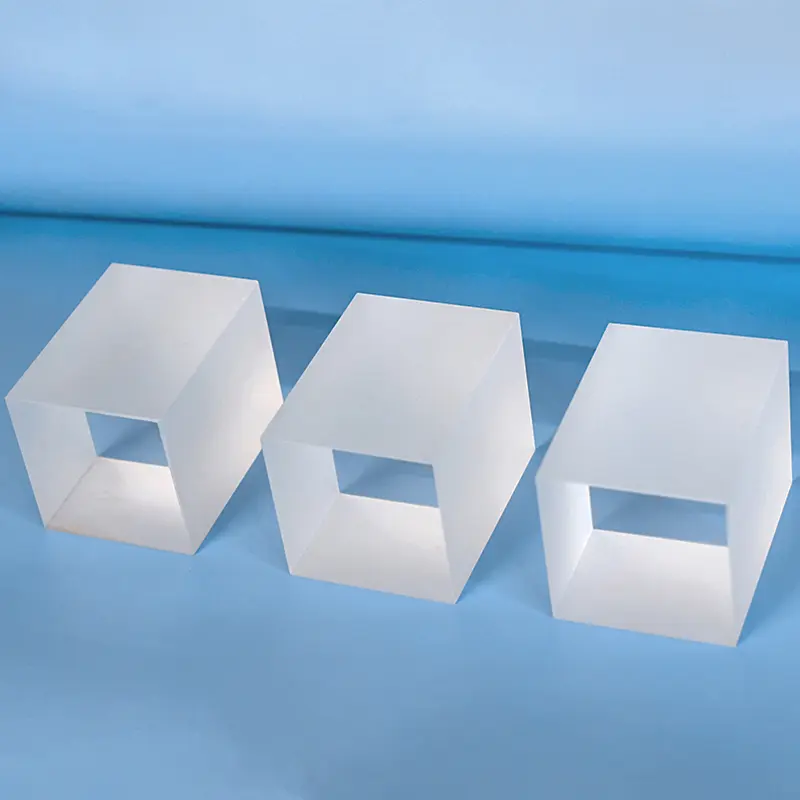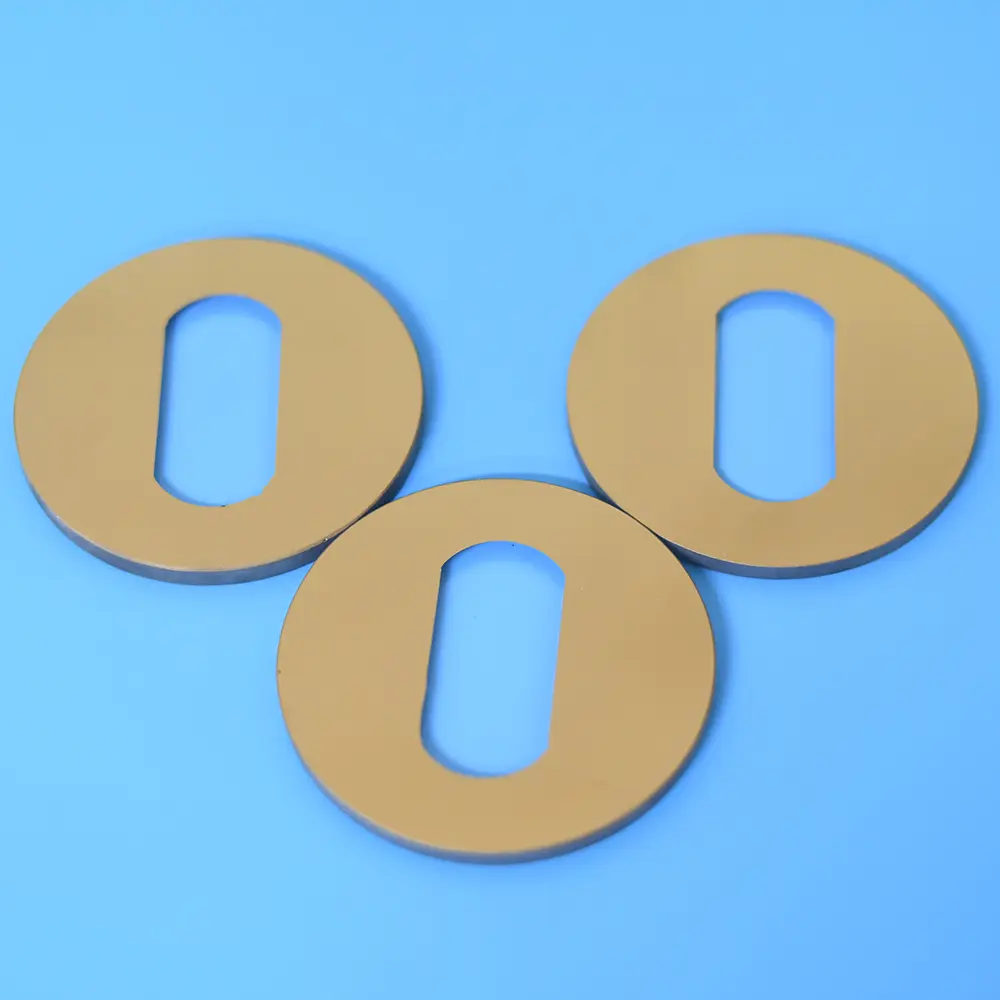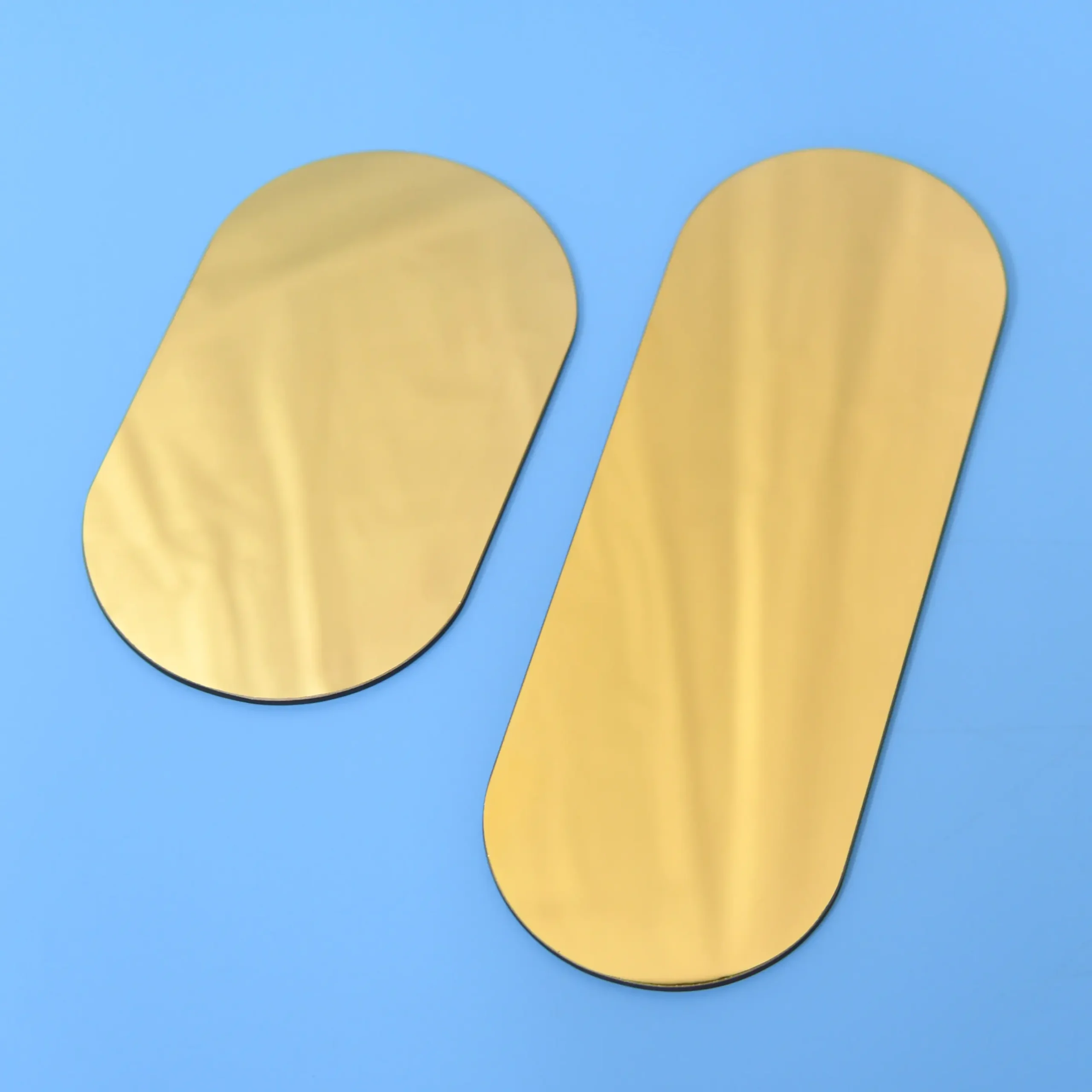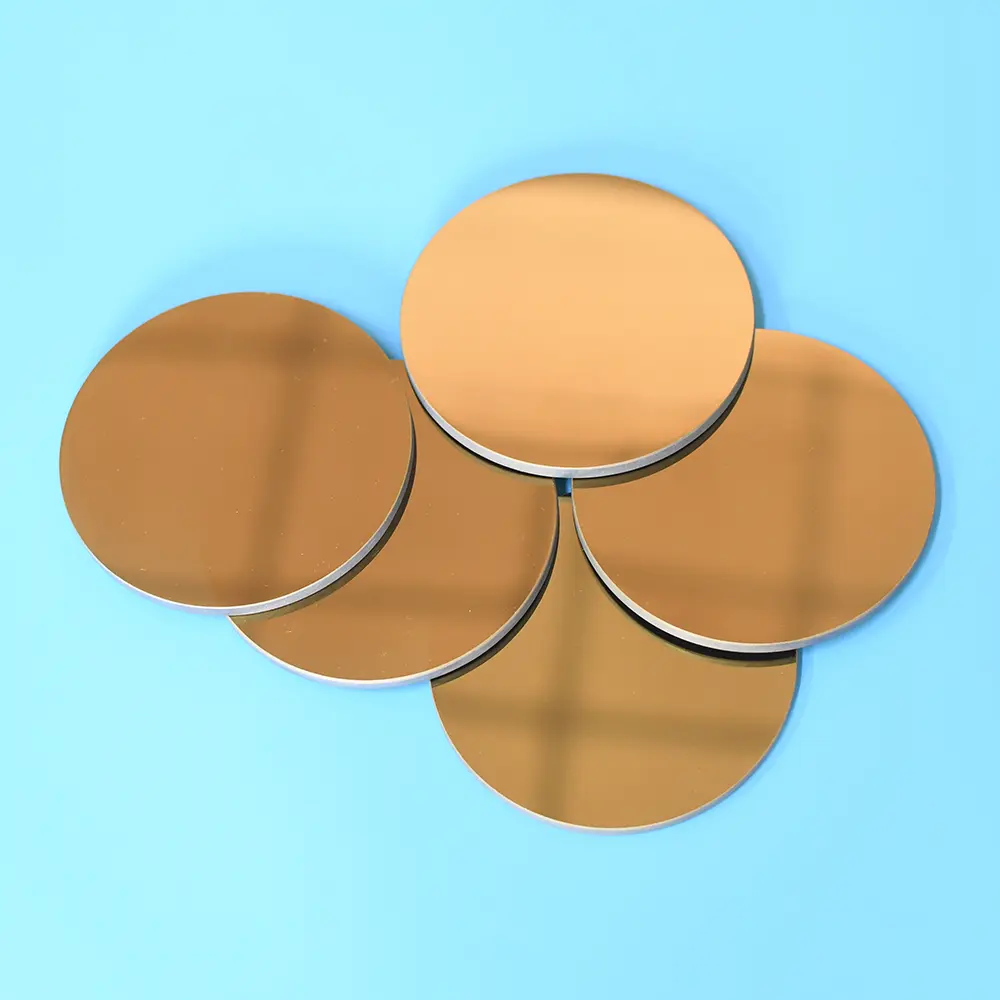Unsere großen Quarzglasplatten, auch als übergroße Quarzglasfolien bekannt, sind für Anwendungen konzipiert, die extreme Reinheit und überragende optische, thermische und chemische Eigenschaften erfordern. Ideal als Fenster, Substrate oder Schutzabdeckungen in Hochtemperaturöfen, Halbleiterkammern und fortschrittlichen optischen Systemen. Wir bieten kundenspezifische Fertigung an, um präzise Abmessungen und spezifische Leistungsanforderungen zu erfüllen
| Eigenschaftsinhalt | Eigenschaftswerte |
|---|---|
| SiO2 | 99.99% |
| Dichte | 2,2×10³ kg/cm³ |
| Härte | Mohs-Härte 5,5 - 6,5; Knoop-Härte 570 (bei 100 g Prüflast) |
| Zugfestigkeit | 4,8 × 10⁷ Pa (48 N/mm² bzw. 48 MPa); 7.000 psi |
| Druckfestigkeit | >1.1×10⁹ Pa (160,000 psi) |
| Wärmeausdehnungskoeffizient | 5.5×10⁻⁷ cm/cm·°C (20°C-320°C) |
| Wärmeleitfähigkeit | 1,4 W/m-°C |
| Spezifische Wärme | 670 J/kg-°C |
| Erweichungspunkt | 1730°C (3146°F) |
| Transformationspunkt | 1210°C (2210°F) |
| Spannungspunkt | 1120°C (2048°F) |
| Arbeitstemperatur | 1200°C (2192°F) |
| Elektrischer Widerstand | 7×10⁷ Ohm cm (350°C) |
| Größe | Kundenspezifisch |
| Logo | Personalisierung mit Logo |
Hohe Temperaturbeständigkeit
Quarzglasplatten weisen eine außergewöhnliche thermische Beständigkeit auf und können kontinuierlich bei Temperaturen von 1100°C bis 1250°C betrieben werden, wobei sie kurzzeitig Temperaturen von bis zu 1450°C standhalten.
Chemische Stabilität
Mit Ausnahme von Flusssäure sind Quarzglasplatten gegenüber den meisten Säuren und chemischen Reagenzien inert, wodurch sie sich hervorragend für den Einsatz in der chemischen Industrie und in Laborumgebungen eignen.
Optische Leistung
Quarzglasplatten besitzen eine überragende optische Transmission, insbesondere im Ultraviolett-Bereich (UV), was sie zu einem idealen Material für die Herstellung optischer Komponenten und Instrumente macht.
Dimensionsvielfalt
Quarzglasplatten können in einer Vielzahl von Größen und Spezifikationen hergestellt werden, um verschiedenen industriellen Anwendungen und Kundenanforderungen gerecht zu werden.
Anwendungsszenario
Halbleiterfertigung
Quarzglasplatten werden in der Halbleiterindustrie aufgrund ihrer außergewöhnlichen thermischen Stabilität und chemischen Inertheit als Substratmaterialien eingesetzt. Sie dienen als Basen für das Wachstum von Halbleiterkristallen, als Fotomasken in der Photolithographie und als Komponenten in Ätz- und Abscheidungsprozessen
Herstellung optischer Geräte
Quarzglasplatten spielen eine entscheidende Rolle bei der Herstellung optischer Geräte, einschließlich Glasfaserkommunikation, Lasern und optischen Sensoren. Ihr hoher Brechungsindex, ihre ausgezeichnete Transparenz und ihre hohe thermische Stabilität machen sie zu einem weit verbreiteten Material in der Optikindustrie.
Luft- und Raumfahrt
Im Luft- und Raumfahrtsektor ist Quarzglas aufgrund seiner hohen Festigkeit, geringen dielektrischen Verluste, hohen Temperaturbeständigkeit und Korrosionsbeständigkeit ein Schlüsselkomponente in Raumfahrzeugen und Raumfähren. So schützen beispielsweise strahlungsbeständige Quarzglas-Deckgläser die Solarzellen-Energiesysteme von Raumfahrzeugen wirksam
Großformatige Quarzglasplatten weisen eine außergewöhnliche thermische Beständigkeit auf, können kontinuierlich bei Temperaturen von 1100°C bis 1250°C betrieben werden und halten kurzzeitig Temperaturen von bis zu 1450°C stand. Dies macht sie hervorragend geeignet für Anwendungen, die Hochtemperaturumgebungen erfordern, wie die Halbleiterfertigung und Hochtemperaturexperimente.
Im Bereich der Optik werden großformatige Quarzglasplatten aufgrund ihrer hohen Transparenz, ihres niedrigen Brechungsindex und ihrer exzellenten Ultraviolett (UV)-Transmission vielfältig eingesetzt. Sie können zur Herstellung von optischen Spiegeln, Linsen, Glasfaserkommunikationskomponenten, Lasern und optischen Sensoren verwendet werden. Die optische Leistung von Quarzglasplatten macht sie zu einem idealen Material für die Fertigung optischer Instrumente
Großformatige Quarzglasplatten weisen eine außergewöhnliche chemische Stabilität auf und zeigen, mit Ausnahme von Flusssäure, eine Inertheit gegenüber den meisten Säuren und chemischen Reagenzien. Dies macht Quarzglasplatten sehr gut geeignet für den Einsatz in der chemischen Industrie und in Laborumgebungen, beispielsweise für chemische Experimentierinstrumente, chemische Rohrleitungen und Reaktionsgefäße, wo sie ihre Leistung ohne Erosion beibehalten können.
Häufig gestellte Fragen
Wir sind auf die durchgängige Fertigung von hochreinen Quarzglaskomponenten spezialisiert. Unsere Kernproduktlinien umfassen:
Quarzrohre & -stäbe: Eine große Auswahl an Durchmessern und Spezifikationen.
Quarzplatten & -scheiben: Präzisionsgeschnitten und poliert für optische und industrielle Anwendungen.
Quarzlaborglas: Ein komplettes Sortiment an Standard- und kundenspezifischen Glasgeräten, einschließlich Bechergläsern, Kolben und Booten.
Halbleiterquarz: Hochreine Komponenten wie Prozessrohre und Träger für die Halbleiterfertigung.
Kundenspezifische Fertigungskomponenten: Wir können komplexe Teile nach Ihren einzigartigen Designs und Spezifikationen fertigen.
Ja. Kundenspezifische Fertigung ist das Herzstück unseres Geschäfts. Mit über einem Jahrzehnt spezialisierter Erfahrung arbeiten wir eng mit Unternehmen zusammen, um erstklassige OEM/ODM-Dienstleistungen anzubieten. Unsere Kompetenzen umfassen Schweißen, Schleifen, Bohren, Polieren, Biegen und weitere Präzisionsbearbeitungstechniken, um Komponenten zu fertigen, die exakt Ihren Anforderungen entsprechen.
Qualität ist in unserem Herstellungsprozess von größter Bedeutung. Wir sind ein ISO 9001:2015 zertifizierter Hersteller, der sicherstellt, dass unsere Prozesse internationale Qualitätsmanagementstandards erfüllen.Unsere Produkte durchlaufen zudem rigorose SGS-Prüfungen hinsichtlich Reinheit und Leistung. Wir verwenden hochreine Rohmaterialien (bis zu 99,998% SiO2), um Quarzglas- und Kieselglasprodukte mit außergewöhnlicher thermischer Stabilität, hoher Temperaturbeständigkeit und chemischer Inertheit herzustellen.
Wir haben unsere Prozesse maximal effizient gestaltet:
Senden Sie Ihre Angebotsanfrage (RFQ): Senden Sie uns Ihre technischen Zeichnungen, Spezifikationen und Anforderungen über unser Kontaktformular auf der Website oder per E-Mail.
Schnelle Reaktion: Sie können eine erste Antwort innerhalb weniger Minuten und eine detaillierte Kommunikation innerhalb einer halben Stunde erwarten.
Design & Angebot: Wir liefern Ihnen innerhalb von 24 Stunden einen detaillierten Designvorschlag und ein wettbewerbsfähiges Angebot.
Prototypenentwicklung & Produktion: Nach Freigabe gehen wir zügig von der Prototypenfertigung zur Serienproduktion über, um Ihre Fristen einzuhalten.
Eine Partnerschaft mit Aoxin Quartz bietet mehrere entscheidende Vorteile:
Nachgewiesene Expertise: Mit über 10 Jahren Branchenerfahrung verfügen wir über das technische Fachwissen, um komplexe Herausforderungen zu meistern.
One-Stop Solution: We manage the entire production process, from sourcing high-purity raw materials to fabricating and finishing complex components.
Wettbewerbsfähiger Wert: Als Standort in einem wichtigen Quarzproduktionszentrum nutzen wir eine effiziente Lieferkette und fortschrittliche Fertigung, um außergewöhnliche Qualität zu einem wettbewerbsfähigen Preis anzubieten.
Dedicated Partnership: Over 90% of our clients become long-term partners. We are committed to your success through responsive service, reliable quality, and innovative solutions.

